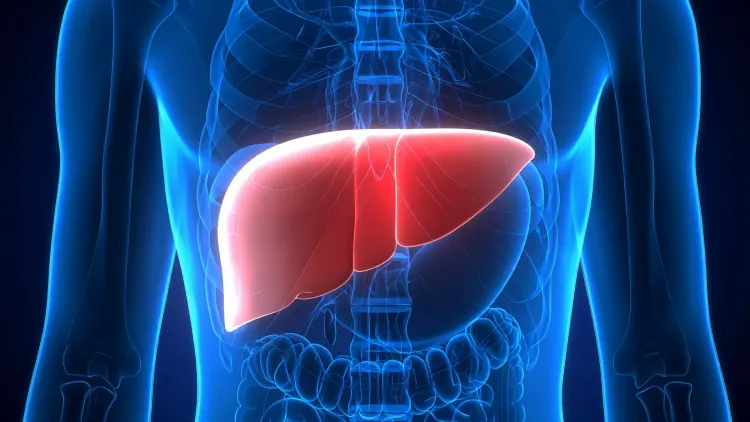Are Alcohol-Linked Liver Deaths on the Rise Among Women and Young Adults?

Synopsis
Recent research shows a troubling rise in alcohol-related liver disease deaths, particularly among women and young adults. The COVID-19 pandemic has exacerbated these issues, leading to increased consumption and health complications. Experts warn the long-term consequences could be severe, emphasizing the urgent need for awareness and preventive measures.
Key Takeaways
- Deaths from alcohol-related liver disease are increasing, especially among women and young adults.
- The Covid-19 pandemic has exacerbated alcohol consumption and related health issues.
- Women's death rates from ALD are rising at nearly double the rate of men's.
- There is a significant long-term risk associated with alcohol-related cirrhosis.
- Public health initiatives are crucial to address this growing crisis.
New Delhi, June 14 (NationPress) Deaths linked to alcohol-related liver disease are escalating notably among women and young adults, as highlighted by recent research.
Experts from Harvard, Stanford, and the University of Southern California (USC) attribute this concerning trend to increased alcohol consumption during the Covid-19 pandemic, alongside escalating health issues such as obesity and hypertension.
Dr. Nasim Maleki, a psychiatry professor at Harvard Medical School, noted, "While the pandemic itself has been managed, the disparities resulting from it have persisted and continue to affect lives."
The study, published in JAMA Network Open, analyzed death certificates across the United States, revealing that from 2018 to 2022, deaths due to alcohol-associated liver disease (ALD) surged by nearly 9 percent each year, compared to a modest 3.5 percent annual increase between 2006 and 2018.
Although men still experience higher death rates—17 per 100,000—women's rates are rising at a more alarming pace.
In 2022, eight out of every 100,000 women succumbed to ALD, a significant increase from three per 100,000 during the study period. Women's death rates have escalated by approximately 4.3 percent annually, nearly double that of men.
One contributing factor could be the biological differences in how men and women metabolize alcohol, making women more vulnerable even to small amounts of alcohol over time.
Moreover, young adults aged 25 to 44 exhibited the highest annual rise in fatalities linked to alcohol-associated hepatitis from 1999 to 2022.
Dr. Robert Wong, a liver specialist at Stanford University, warned, "Alcohol-related cirrhosis takes years to manifest, so we might not fully appreciate the consequences for another five to ten years, which is alarming."
Additional studies have reported a surge in annual alcohol-related cancer deaths.
Data presented at the American Society of Clinical Oncology 2025 conference indicated that deaths due to alcohol-related cancers have doubled, soaring from 11,896 in 1990 to 23,207 by 2021.









